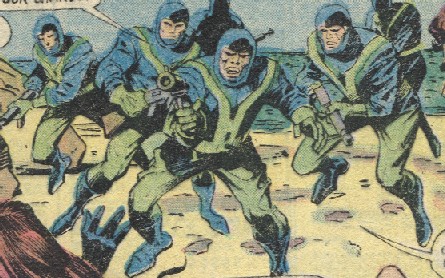

There was ice everywhere – as far as the eye could see. And any progress meant even more churning, swelling, and crushing ice around them. The Endurance averaged just 30 miles a day – not the expected 200 – and some days, the ice was just too thick to move at all. The plan was to reach the Antarctic shore by the end of December, but in two weeks they’d barely moved. At times, the boat crashed right through enormous ice packs, but it managed to remain undamaged. For nearly two weeks, the Endurance sailed around icebergs a mile wide. By December 7, they were passing remote Saunders Island in the South Sandwich group and navigating through large clusters of ice. New ice formed even in the summer, and the light but relentless winds weren’t strong enough to break them up.ĭespite this bleak news, Shackleton gave the order to sail on the morning of Decem– just a few weeks before the start of the Antarctic summer.

Sometimes they joined up to create a massive shelf of ice that no ship could navigate.

Ice floes in the Weddell Sea churned in a circle following the current, endlessly grinding against one another. They knew that the ice which formed in the sea was held in place by land on three sides: Antarctica itself, the Palmer Peninsula, and South Sandwich Island. The local whalers were curious about the expedition’s plans, knowing the conditions in the Weddell Sea were the worst they’d seen in years. The Endurance set sail from Buenos Aires the morning of Octofor its last port of call – a remote whaling station on South Georgia Island off the southern coast of South America. This team would lay provisions for the overland team on the far side of the continent, resupplying them for the journey past the pole. At the same time, a second ship would set off from the Ross Sea almost directly across the continent from Shackleton. He would set off by ship with a carefully selected crew to the treacherous Weddell Sea, and land a party of six men who would trek overland with sled dog teams. The plan was as sophisticated as it was audacious. But by 1911 he was already planning a new expedition – this time to cross the Antarctic continent overland on the Endurance. He wrote a book and went on popular speaking tours. Their return journey became a race against death itself.īeating the odds, Shackleton’s return to England met with a hero’s welcome. With just three companions in his team, they had to turn back a mere 100 miles from their destination when a lack of food became life-threatening. Before embarking upon the Endurance voyage, Sir Ernest Shackleton was already famous for attempting to be the first person to reach the South Pole for the British Empire.


 0 kommentar(er)
0 kommentar(er)
